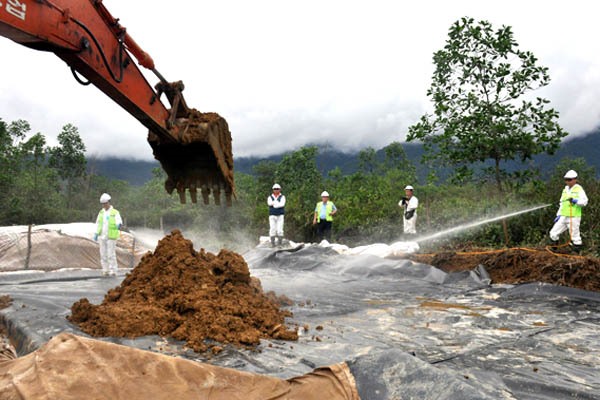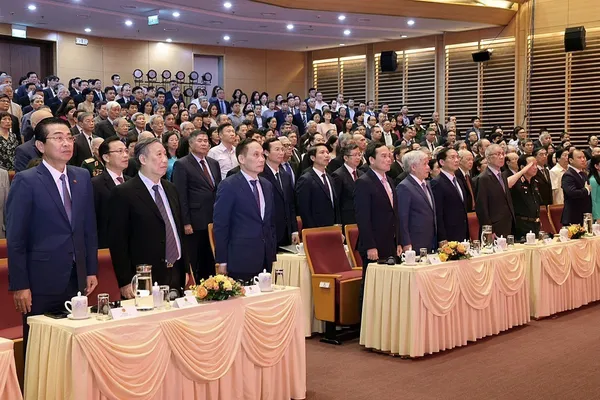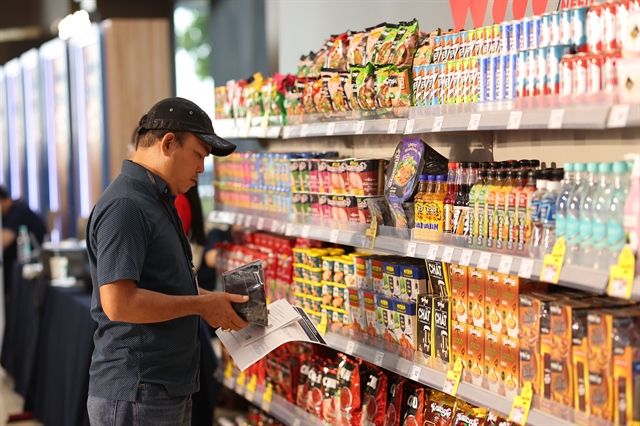 Society
Society

Vietnamese and South Korean scientists have succeeded in clearing dioxin residue in soil using microbiologic technology, bringing significant hope for those areas contaminated with the toxin compound around Việt Nam.
 |
| Dioxin contaminated soil is treated with microorganism at former Huế airport. Photo courtesy of VACNE |
THỪA THIÊN- HUẾ — Vietnamese and South Korean scientists have succeeded in clearing dioxin residue in soil using microbiologic technology, bringing significant hope for those areas contaminated with the toxin compound around Việt Nam.
The Việt Nam Association for Conservation of Nature and Environment (VACNE) has worked with the Korean BJC Company in piloting the usage of microorganisms to treat dioxin contaminated soil samples taken from the former A Sho airport in central Thừa Thiên- Huế Province.
Pilot test results revealed 35 per cent of dioxin in the soil has been cleared. The soil was taken randomly from a depth of 1m and from a 100sq.m. area of the airport.
BJC experts said they used two types of microorganisms for testing, which required three months of anaerobic processing before it was transferred to the aerobic process.
According to Dr Nguyễn Ngọc Sinh, chairman of VACNE, the microorganism types are less vulnerable to humans and the environment.
Actual treatment work will be undertaken at the former airport, which is located in the province’s mountainous A Lưới District, once it gains approval from the Ministry of Natural Resources and Environment.
The mountainous district was sprayed with 432,812 litres of grass-killing chemicals during a 10-year period from 1961 to 1971 by the US air force.
A Sho, a temporary airport during the war, was used for parking and washing of airplanes after the spraying was completed, resulting in serious contamination of the area with dioxin. — VNS









